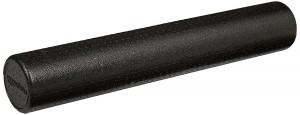
The Raspberry Pi 3 can do almost everything a standard desktop can do, just for a fraction of the cost — as well as plenty of things that you would never expect out of a laptop. It offers an extremely open-ended platform for interacting with countless physical and digital things, and is a great way to explore electronics and computer science. To help you dive right in to this single-board wonder, the Raspberry Pi 3 Board + Mastery Bundle is currently available in the Boing Boing Store.
Here’s a list of some cool things you can do with your Raspberry Pi, and how to build your skills with our bundle:
Make your computer truly personal
At it’s core, the Raspberry Pi is just an extremely general-purpose computer. If you ever wished your workstation wasn’t just a mass-produced slab of aluminum, the Pi gives you freedom to reimagine your computer in whatever form suits you best. Just take a look at this Raspberry Pi Netbook Briefcase, which uses a handful of off-the-shelf parts for a clever self-contained desktop. You don’t even need any advanced technical skills to assemble a custom machine. As long as you can successfully boot into the Raspbian OS, the hardest part is either building your enclosure or choosing a pre-made one from Adafruit.
Smarten up your home
Because of it’s slew of connectivity options, the Raspberry Pi excels at bridging the gap between physical sensors and the internet. Instead of waiting for IoT consumer technology to mature, you can roll out your own home automation using this cheap computer. The Raspberry Pi Mastery Bundle features several courses on automation.
To design your own home system, you’ll learn to use Cayenne, a drag-and-drop IoT project builder, as well as get experience using Python code to interface directly with raw input from your Pi’s GPIO pins. Once you learn to read real-time data and feed it to a web back-end, you’ll have the freedom to wire up almost anything. For some idea of the possibilities, check out this DIY Raspberry Pi Weather Station that automatically logs environmental information to CSV files for easy processing.

Dig for treasure
Bitcoin mining on stock Raspberry Pi hardware is possible, but not very lucrative. However, you can employ some specialized peripherals to make better use of its relatively small power footprint, as seen in this Pi Bitcoin Miner. It uses several USB ASIC devices that can process transactions at speeds that rival desktop graphics cards for more efficient blockchain verification. While this bundle doesn’t come with a complete moneymaking machine, it will teach you how to set up a Bitcoin Wallet and all of the Terminal commands needed to make it happen.
Build robots
Raspberry Pis are also great brains for robots and other specialized mechanical devices. Aside from reading data, the GPIO pins can also interact with electrical components like servos and DC motors. You can get introduced to the basics of robotics, and cover concepts like h-bridge circuits and degrees of freedom with three of the courses included in this collection. The projects range from a simple robot arm, to a fully remote-controlled Pi car. After mastering this material, you can start setting your sights to the future, like this incredible augmented reality robot made with Raspberry Pi and Microsoft Hololens.
The Raspberry Pi 3 Mastery Bundle includes a Pi Board, a robotic car kit with all of the necessary hardware, as well as the following seven courses:
- Build Your Own Armbot Step By Step Using Raspberry Pi Zero
- Home Automation in 48 Hours Without Coding
- Internet of Things Automation Using Raspberry Pi 2
- Raspberry Pi Robotics
- Bitcoin Mining Using Raspberry Pi
- Hardware Projects Using Raspberry Pi
- Automation with Raspberry Pi Zero
It's everything you need to get started with a fun, technical new hobby, and it's all in the Boing Boing Store for $178.99.






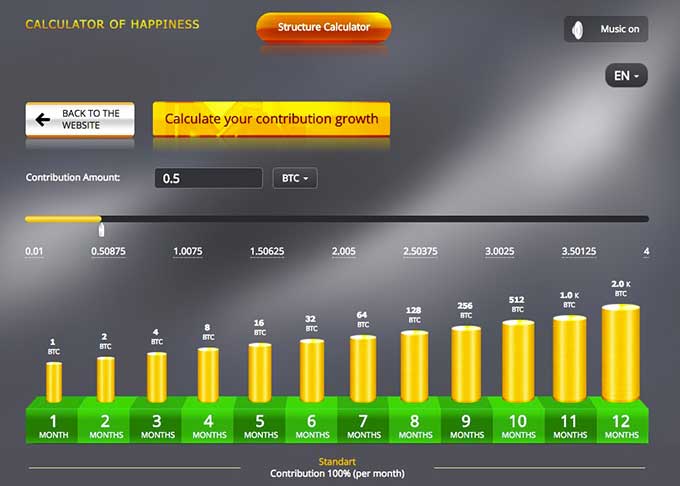


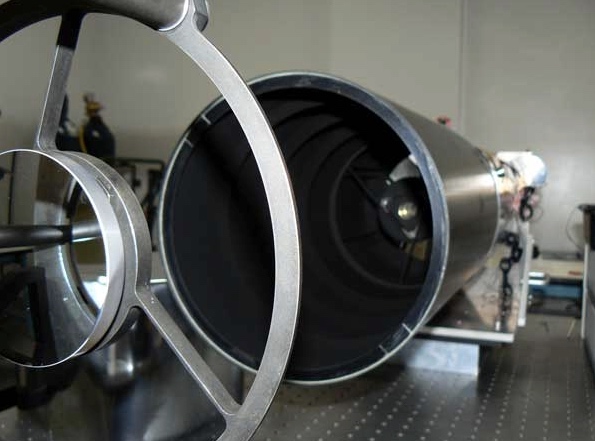


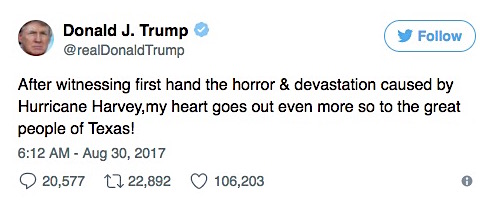
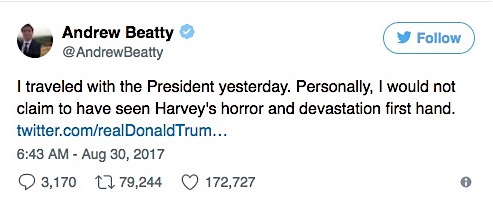










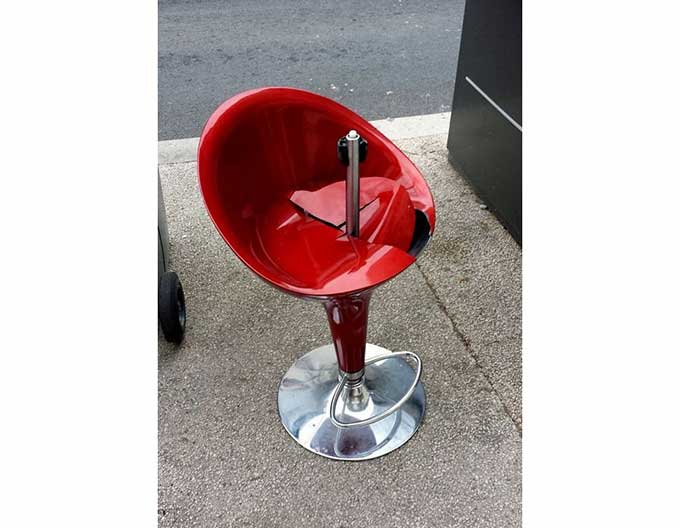

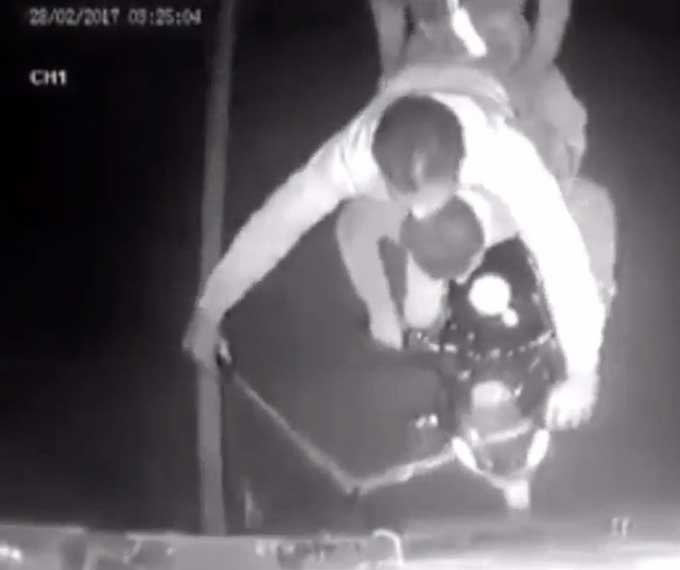




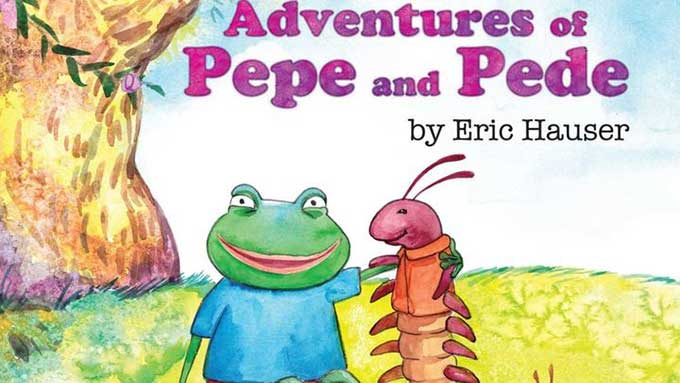
 Eric Hauser[/caption]Hauser (right) was an assistant principal at a North Texas middle school, until Denton Independent School District officials found out about the book and removed him from that position. According to the
Eric Hauser[/caption]Hauser (right) was an assistant principal at a North Texas middle school, until Denton Independent School District officials found out about the book and removed him from that position. According to the 





 This episode is sponsored by
This episode is sponsored by 

